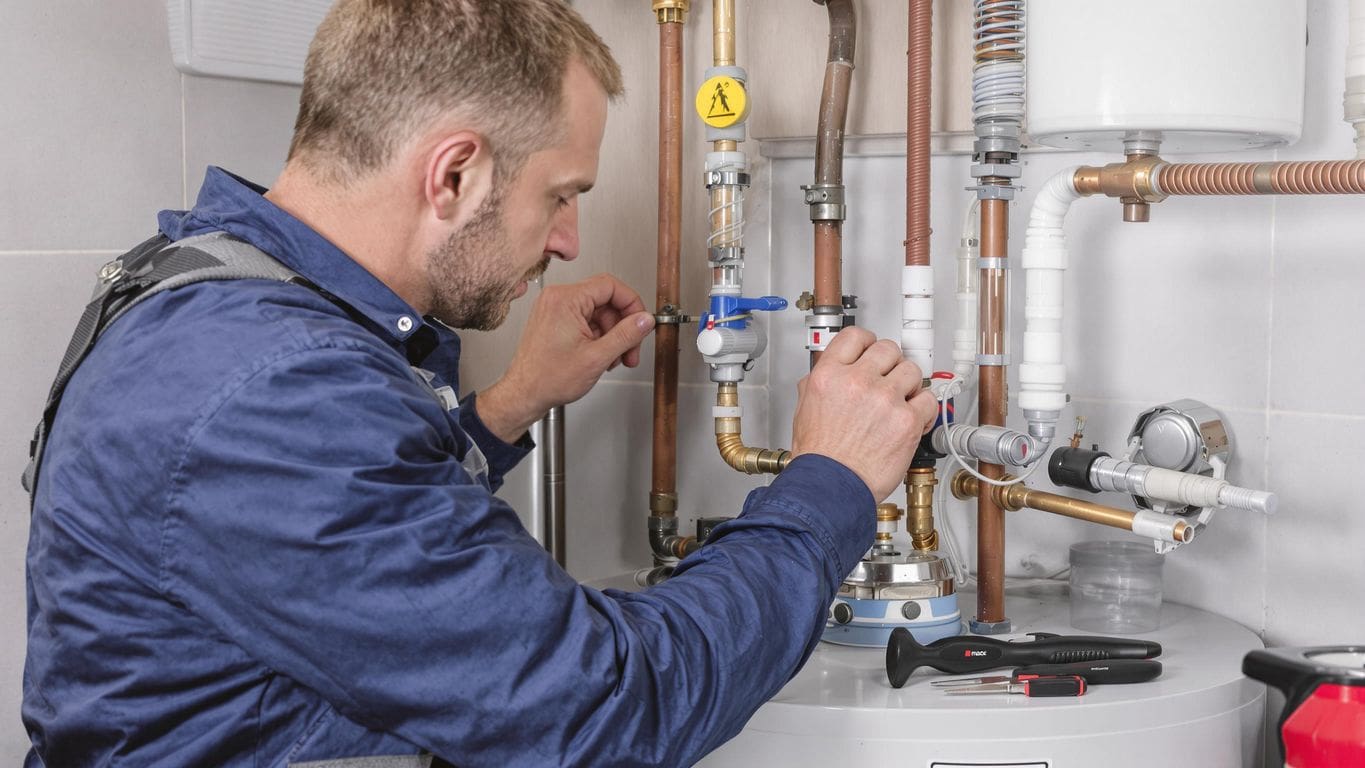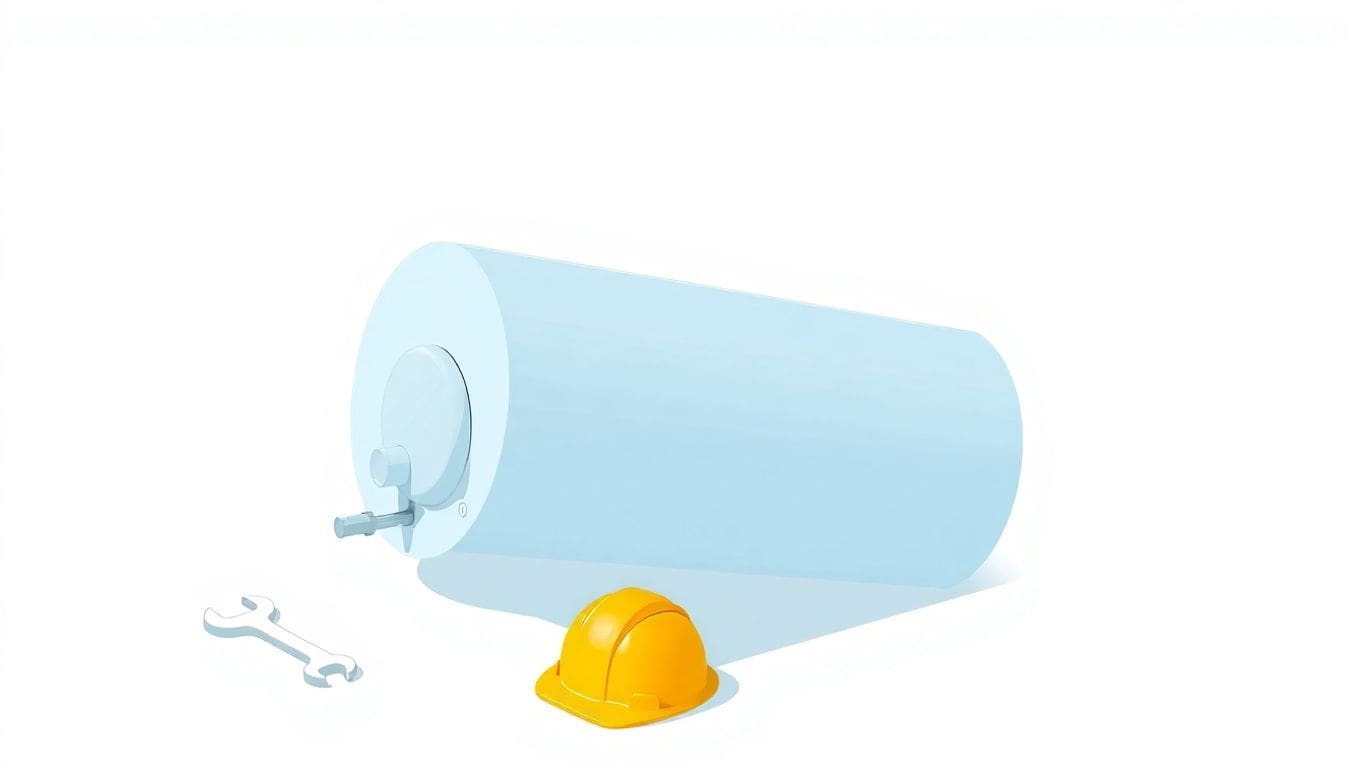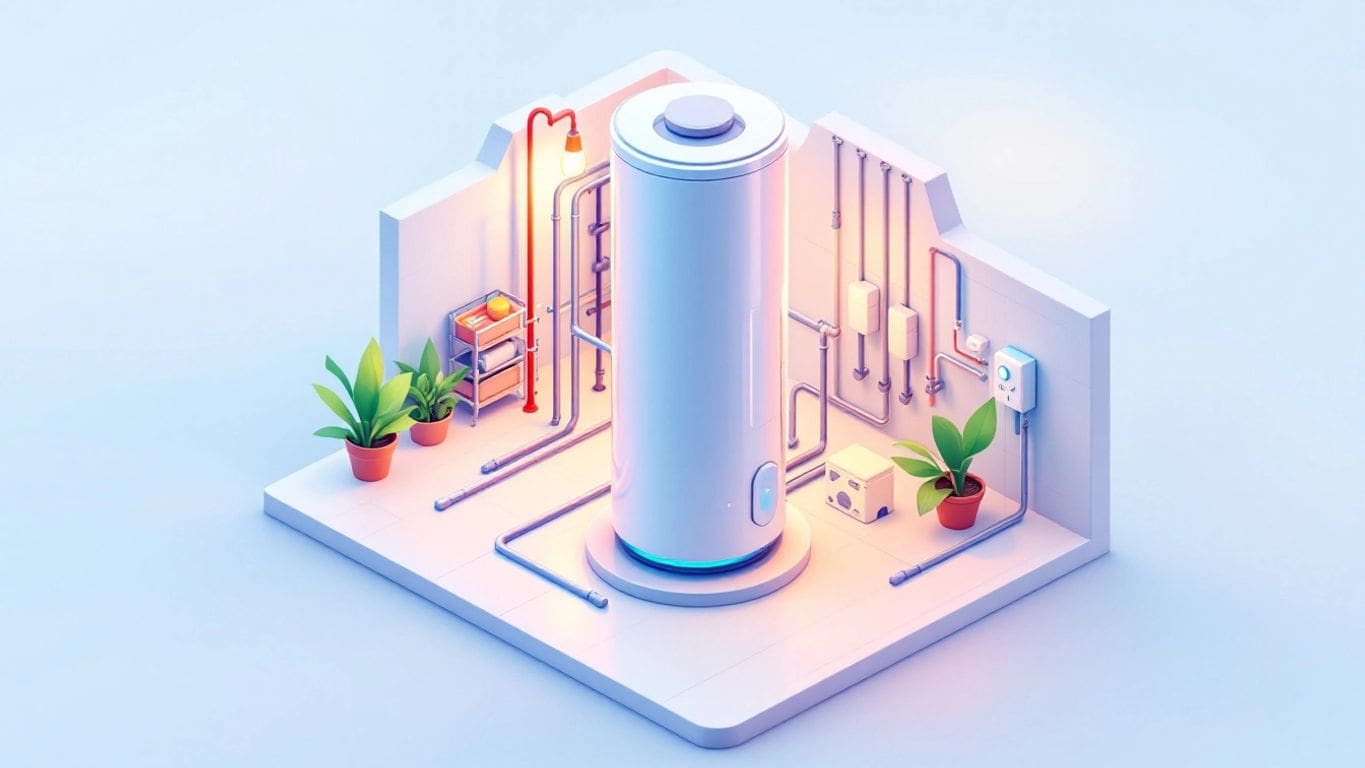
If you’re wondering how do I know if my water heater is broken, you’re not alone. Many homeowners face issues with their water heaters at some point. It’s essential to recognize the signs that indicate your water heater might be on the fritz. Ignoring these signals can lead to cold showers or even costly water damage. Here are some key indicators to help you determine if your water heater needs attention.
Leaks are a big deal. If you see any signs of water, don’t wait! It’s better to check it out now than to deal with a flooded basement later. Here’s what to look for:
If you see water on the floor near your water heater, that’s a red flag. It means water is escaping from somewhere it shouldn’t be. Check around the base of the unit and any connections. Sometimes it’s just a loose fitting, but other times it could be a sign of a bigger problem, like a crack in the tank. Ignoring water damage can lead to mold and other issues, so act fast.
Rust is never a good sign. If you notice rust forming around the base of your water heater, it likely means there’s a leak, even if you don’t see standing water. The rust is a sign that water has been present for a while, causing the metal to corrode. This can weaken the structure of the water heater and eventually lead to a major failure.
Sometimes, leaks aren’t always obvious. If you notice moisture or dampness on the walls near your water heater, it could be a sign of a slow leak. This is especially true if the walls feel soft or have a musty smell. Check the Plumbing connections and pipes leading to and from the water heater. Even small leaks can cause significant damage over time, so it’s important to address them quickly.
A leaking water heater can cause a lot of damage if it’s not taken care of. It’s important to check your water heater regularly for any signs of leaks. If you find a leak, call a professional right away.
Is your shower water sometimes hot, sometimes cold? It’s annoying, right? It could be a sign your water heater isn’t working like it should. Let’s look at some common temperature problems.
Does your hot water change from hot to cold while you’re using it? This isn’t normal. It could mean your water heater is struggling to keep a steady temperature. Maybe the heating element is going bad, or there’s too much sediment in the tank. Sediment is like dirt that settles at the bottom. It can mess with how well your water heater works.
Ever turn on the hot water and get a blast of cold? Not fun! This could mean your water heater isn’t heating water properly. It might be a small problem, or it could be a sign of bigger issues. If it keeps happening, it’s time to check things out.
Your water heater has a thermostat, like the one in your house. It tells the heater when to turn on and off to keep the water at the right temperature. If the thermostat is broken, your water might be too hot, too cold, or just change temperatures all the time. Getting the thermostat fixed or replaced might solve the problem.
If you’re constantly adjusting the thermostat, that’s a sign something is wrong. You shouldn’t have to keep changing it to get the water temperature you want. It should just work!
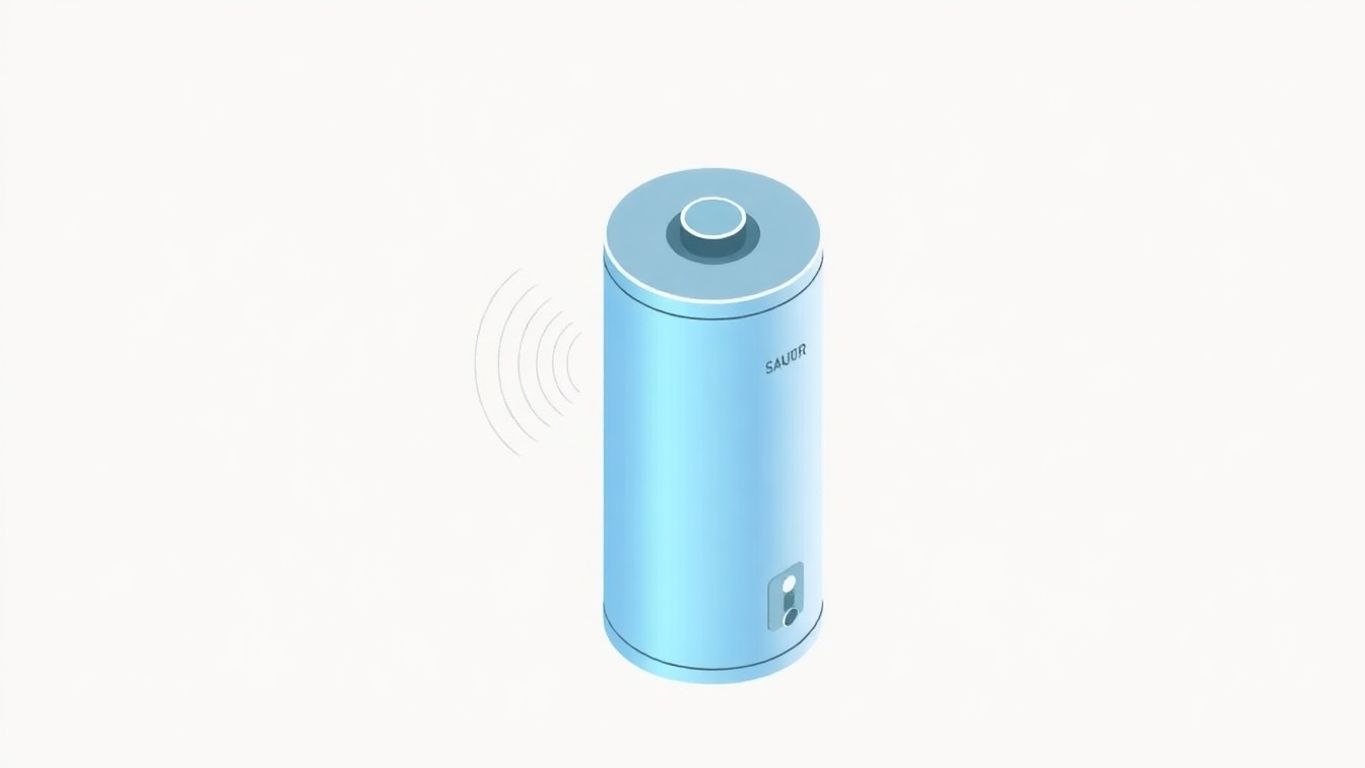
Is your water heater acting like a drum set? It’s normal for water heaters to be pretty quiet, so if you start hearing strange sounds, it’s time to pay attention. These noises can mean different things, but they usually point to a problem that needs fixing. Ignoring them could lead to bigger issues down the road.
Popping or banging sounds are often caused by sediment buildup in the tank. Over time, minerals and other stuff in the water settle at the bottom. When the heater turns on, these sediments get superheated, and the bubbles that form make those weird noises. It’s like popcorn, but inside your water heater!
Rumbling sounds are similar to popping and banging, but usually indicate a larger amount of sediment. It’s like a low, constant growl coming from your water heater. If you hear rumbling, it means there’s a good layer of sediment at the bottom of the tank. Time to take action!
Hissing or whistling sounds can be a sign of a few things. Sometimes, it’s just high water pressure. Other times, it could mean there’s a small leak or that a valve isn’t working right. Either way, hissing and whistling are warnings that something isn’t quite right. It’s best to get it checked out before it turns into a bigger problem.
If you’re hearing any of these noises, it’s a good idea to call a plumber. They can figure out what’s going on and fix it before it becomes a major headache. Regular maintenance can also help prevent these issues from happening in the first place.
If you see weird colors in your hot water, it’s a sign something isn’t right. It could be a simple fix, or it could mean your water heater needs replacement. Here’s what to look for:
If your hot water looks rusty or brown, the inside of your water heater might be rusting. This happens when the protective layer inside the tank wears away. This rust can stain your sinks and tubs. It’s also a sign that your water heater could start leaking soon.
Cloudy water can be caused by air bubbles or sediment. Sometimes, it clears up after running the water for a bit. If it doesn’t clear, it could be mineral buildup. This isn’t usually dangerous, but it can be annoying.
Sediment is small pieces of dirt and minerals that settle at the bottom of your water heater. Over time, this stuff can build up and cause problems. You might see small particles in your water, or your water might look dirty.
Sediment buildup can also make your water heater less efficient. It can cause the heater to work harder and use more energy. Flushing your water heater can help remove sediment and keep it running smoothly.
Here’s a quick guide to help you understand the color of your water:
Have you noticed your utility bills creeping up lately? It might not just be the change in seasons. A water heater on its way out can really make your energy costs jump. Let’s look at some signs.
If your water heater is working harder to heat water, you’ll see it reflected in your energy bill. Keep an eye out for a sudden or gradual increase in your gas or electric usage. Compare your current bills to those from the same time last year. A big difference could mean your water heater isn’t as efficient as it used to be.
A failing water heater might not heat water as well as it should. You might find yourself turning up the temperature to get the same level of hot water you’re used to. This extra effort uses more energy, costing you money.
Even a small, slow leak can waste a lot of water over time. And if it’s a hot water leak, you’re paying to heat water that’s just going down the drain. Check around your water heater and the pipes connected to it for any signs of moisture. Sometimes, the leak is so small you might not see it right away, but the increased water bill will tell the story.
It’s easy to ignore a slightly higher bill, but those extra dollars add up fast. Take a close look at your energy usage and investigate if something seems off. It could save you a lot of money in the long run.
Water heaters don’t last forever. Like any appliance, they have a lifespan. Knowing how old your water heater is can help you figure out if it’s time for a new one. Most water heaters last about 8 to 12 years. If yours is getting up there in age, pay close attention to how it’s working.
Most water heaters are built to last around 8 to 12 years. Tankless models can sometimes last even longer, maybe 15 to 20 years. Check the manufacturer’s label for the installation date. This will give you a good idea of how much life is left in your current unit. Keep in mind that how well you take care of your water heater can also affect how long it lasts.
Even if your water heater is within its expected lifespan, it can still have problems as it gets older. Here are some things to watch out for:
An older water heater might start to lose efficiency. This means it takes more energy to heat the same amount of water. You might notice this in the form of higher utility bills.
If your water heater is old and showing signs of problems, it might be time to think about replacing it. Here are a few things to consider:
Is your water heater always acting up? It might be trying to tell you something. Let’s look at what frequent repairs could mean for your home’s hot water situation.
If it feels like you’re constantly calling a plumber, that’s a red flag. One-off problems happen, but if the same issue keeps coming back, it’s a sign of a bigger problem. Maybe it’s a part that’s failing repeatedly, or perhaps the whole system is on its last legs. Keep track of how often you’re scheduling repairs; it’ll help you decide if it’s time for a new water heater.
Think about how much you’re spending on repairs. Are you throwing money into a bottomless pit? Add up all the repair bills from the last year or two. If that total is getting close to the cost of a new water heater, it’s time to crunch the numbers. A new, efficient model might save you money in the long run.
So, when is enough, enough? Here are some things to consider:
It’s easy to fall into the trap of fixing things as they break, but sometimes, a fresh start is the smarter move. Think about the long-term costs and benefits. A new water heater can bring peace of mind and save you from constant headaches.
If you’re dealing with constant issues, it might be time to consider water heater replacement.
Sediment in your water heater is like that pile of clothes in the corner of your room—it just keeps growing if you don’t deal with it. Over time, minerals in the water settle at the bottom of the tank. This can cause problems, so let’s look at what to watch for.
Have you noticed your showers are getting shorter? Sediment buildup takes up space in your tank. This means less room for hot water. You might find yourself running out of hot water faster than usual. It’s like inviting a bunch of uninvited guests to a small party—things get cramped quickly.
Sediment doesn’t just sit quietly at the bottom. It can also clog the valves and pipes connected to your water heater. This can make it harder for water to flow in and out. Clogged valves can lead to inconsistent water pressure and even damage to your water heater.
One way to deal with sediment is to flush your water heater. This means draining the tank to remove the built-up sediment. Here’s why flushing is important:
Flushing your water heater once a year can prevent major problems down the road. It’s a simple task that can save you money and headaches in the long run. Think of it as a regular check-up for your water heater to keep it in good shape.
If you have a gas water heater, the color of the burner flame can tell you a lot about how well it’s working. A healthy flame means your heater is running efficiently and safely. But an unhealthy flame could mean there’s a problem that needs fixing. It’s a good idea to check the flame every now and then to make sure everything is okay.
A blue flame is what you want to see. It means your gas water heater is burning fuel correctly. The blue color shows that there’s enough oxygen for complete combustion. This means the gas is burning cleanly and efficiently, which is good for your water heater and your wallet. A steady, blue flame is a sign that your water heater is working as it should.
A yellow flame is a warning sign. It means the gas isn’t burning completely. This can happen if there isn’t enough oxygen, or if the burner is dirty. A yellow flame means your water heater isn’t working as efficiently as it should, and it could also be producing carbon monoxide, which is dangerous. If you see a yellow flame, it’s important to get it checked out by a professional right away.
Carbon monoxide (CO) is a colorless, odorless gas that can be deadly. It’s produced when fuels like gas don’t burn completely. A yellow or orange flame on your gas water heater can be a sign that CO is being produced.
Here are some things to keep in mind:
It’s super important to take carbon monoxide risks seriously. If you think your water heater might be producing CO, don’t wait. Get it checked out by a professional right away to keep you and your family safe.
Is your water pressure not what it used to be? It could be a problem with the valves on your water heater. Over time, these valves can get blocked, causing all sorts of issues. Let’s look at what you need to know.
One of the first signs of a problem is a drop in water pressure. You might notice that your shower isn’t as strong as it used to be, or that it takes longer to fill up a sink. This often happens because sediment and minerals build up inside the valves, making it harder for water to flow through. If you only have low water pressure from your hot water, but not the cold, that’s a big clue.
Sometimes, the water flow might be inconsistent. It could start strong and then weaken, or it might pulse. This can be really annoying, especially when you’re trying to take a shower. The inconsistent flow is usually caused by partially blocked valves that can’t maintain a steady stream of water.
To keep your water heater working well, it’s a good idea to check and maintain the valves. Here are a few things you can do:
Keeping your water heater’s valves in good shape is important for maintaining good water pressure and flow. Regular maintenance can prevent blockages and ensure that your water heater works efficiently for years to come.
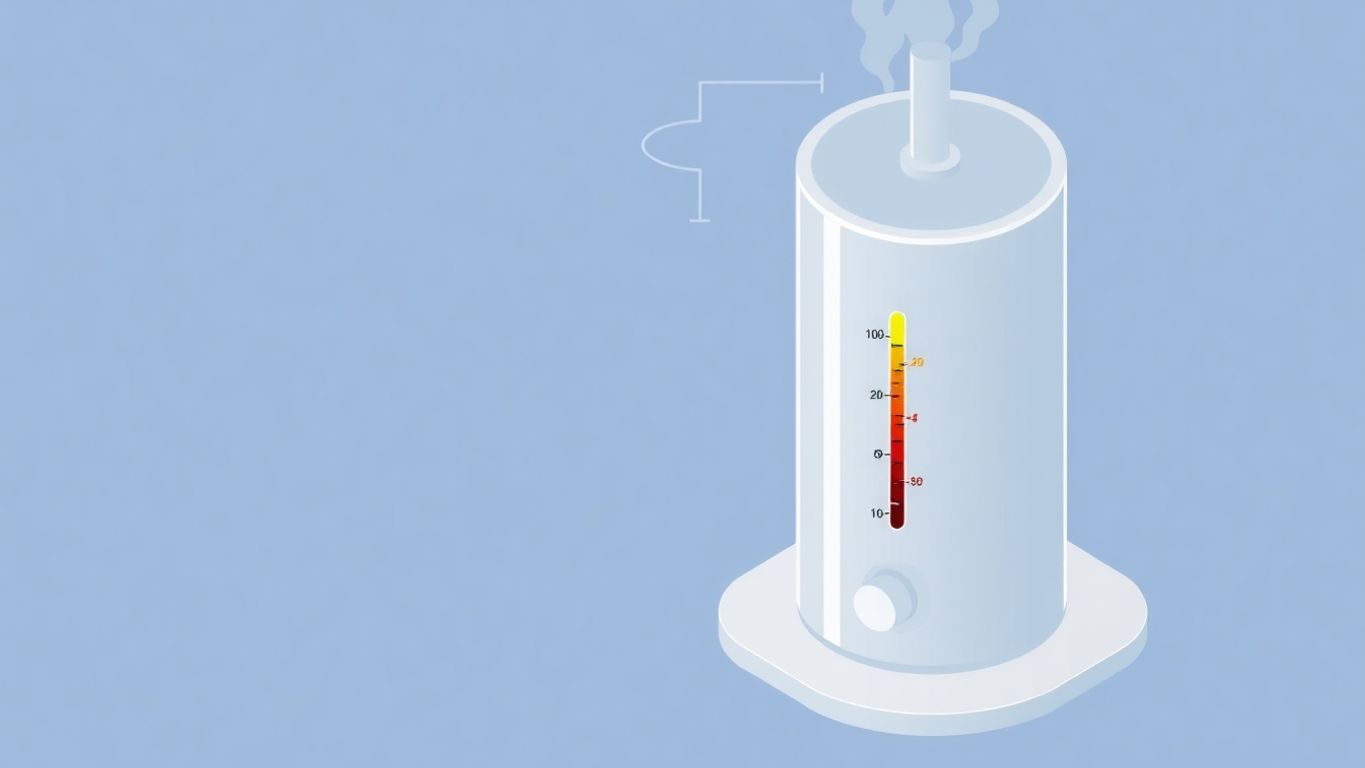
It’s super important to keep an eye on your water heater for overheating. If things get too hot, it can be dangerous. You don’t want anyone getting hurt, so let’s talk about what to look for.
If your water is suddenly way too hot, like burning-your-skin hot, that’s a big red flag. Normal hot water should be warm, not painful. Check your thermostat to make sure it’s set correctly. If it is, there might be something wrong with the system that controls the temperature.
Super hot water can cause burns really fast. Be extra careful, especially with kids and older people, because they can get burned more easily. Always test the water with your hand before getting in the shower or bath. Safety first!
If your water heater is overheating, it could even start a fire. This is rare, but it can happen if the unit gets way too hot or if there’s a problem with the gas or electric parts. If you smell something burning or see smoke, turn off the water heater right away and call a professional. Don’t mess around with something that could cause a fire.
Overheating can happen because of sediment buildup, a faulty thermostat, or other issues. Regular checks and maintenance can help prevent these problems. If you’re not sure what to do, call a plumber. It’s better to be safe than sorry.
Here are some things that can cause overheating:
Are you taking shorter showers than usual because the hot water runs out? It’s a common sign that your water heater might be failing. Let’s look at some reasons why you might be experiencing this.
If your hot water runs out quickly during showers, it could mean your water heater isn’t working as well as it used to. This is often one of the first signs that something is wrong. Maybe you haven’t flushed your water heater in a while, and sediment has built up. This sediment takes up space, so there’s less room for hot water.
Think about whether your hot water use has changed. Do you have more people living at home now? Are you using more hot water for laundry or other chores? If your demand has increased, your current water heater might not be big enough to handle it. A simple solution could be to upgrade to a larger tank or consider a tankless water heater.
Your water heater tank has a certain capacity, meaning it can only hold so much hot water. If you’re running out of hot water quickly, it might just be that your tank is too small for your needs. Consider the size of your household and your typical hot water usage when choosing a new water heater. If you consistently run out, it’s time to think about getting a bigger tank.
A good way to check is to see how many gallons your current tank holds and compare that to your household’s average daily hot water use. If you’re using more than the tank holds, that’s a clear sign you need a larger capacity.
Look for water pooling around the base of the heater, rust, or moisture on the walls.
If your hot water fluctuates between hot and cold, it could indicate a problem with the thermostat or sediment buildup.
Sounds like popping or banging can mean there is sediment inside the tank that needs to be flushed out.
If you notice rusty or cloudy water, it could be a sign of corrosion inside the tank.
Higher bills may suggest your water heater is using more energy, possibly due to inefficiency or hidden leaks.
Most water heaters last about 10 to 15 years, but older units may need to be replaced sooner.
If you have a reduced hot water supply or clogged valves, it may be time to flush your tank.
A blue flame indicates proper function, while a yellow flame can suggest carbon monoxide issues.

